In a business analyst interview, scenario-based questions are designed to assess your problem-solving abilities, critical thinking, and how you handle real-world situations. Preparing for these business analyst questions can significantly improve your chances of success. Here are some common scenario-based interview questions along with effective answers to help you prepare.
1. Handling Difficult Stakeholders
Question: You are working on a project, and one of the stakeholders is resistant to the proposed changes. How would you handle this situation?
Answer: In this scenario, I would first seek to understand the stakeholder’s concerns by scheduling a one-on-one meeting. I would listen actively to their objections and validate their feelings. After understanding their perspective, I would explain the benefits of the proposed changes and how they align with the project’s goals. If necessary, I would involve them in the decision-making process to foster a sense of ownership and collaboration. This approach often helps in turning resistance into support.
2. Managing Conflicting Requirements
Question: You are gathering requirements for a new software application, and two stakeholders have conflicting needs. How do you resolve this?
Answer: To resolve conflicting requirements, I would organize a joint meeting with both stakeholders. During the meeting, I would facilitate a discussion to understand each party’s needs and the rationale behind them. I would encourage open communication and aim to find common ground. If a compromise is not possible, I would document both requirements and present them to the project sponsor, who can make the final decision based on the project’s priorities.
3. Prioritizing Tasks Under Tight Deadlines
Question: You are juggling multiple projects with tight deadlines. How do you prioritize your tasks?
Answer: I prioritize my tasks by assessing their urgency and impact on the overall project goals. I use a prioritization matrix to categorize tasks into four quadrants: urgent and important, important but not urgent, urgent but not important, and neither urgent nor important. This helps me focus on high-impact tasks first. Additionally, I communicate with stakeholders to align on priorities and ensure that everyone is aware of what to expect.
4. Eliciting Requirements from Non-Technical Stakeholders
Question: How do you approach requirement elicitation when dealing with non-technical stakeholders?
Answer: When working with non-technical stakeholders, I use simple language and avoid technical jargon. I often employ visual aids like mockups or flowcharts to illustrate concepts. Techniques such as interviews and workshops are effective, as they encourage participation and allow stakeholders to express their needs in their own words. I also ensure to follow up with written documentation to confirm that I have accurately captured their requirements.
5. Adapting to Changes in Project Scope
Question: Midway through a project, the scope changes significantly. How do you manage this change?
Answer: I would first assess the impact of the scope change on the project timeline, resources, and budget. I would then communicate the change to all stakeholders and facilitate a meeting to discuss the implications. If necessary, I would update the project documentation and ensure that all team members are aligned with the new objectives. Keeping an open line of communication is crucial to manage expectations and maintain project momentum.
6. Analyzing Data to Support Business Decisions
Question: You have been asked to analyze data to support a business decision. What steps do you take?
Answer: I start by defining the objective of the analysis and understanding the key questions that need to be answered. Next, I gather relevant data from various sources, ensuring its accuracy and completeness. I then analyze the data using appropriate statistical methods and tools, such as Excel or SQL. After deriving insights, I prepare a report that highlights the findings and recommendations, presenting it in a way that is easy for stakeholders to understand.
Conclusion
Preparing for scenario-based interview questions as a business analyst is crucial for demonstrating your problem-solving skills and ability to navigate complex situations. By practicing these questions and formulating thoughtful responses, you can showcase your analytical abilities and readiness for the role. Remember, interviewers are not only looking for the right answers but also how you approach challenges and communicate with stakeholders.




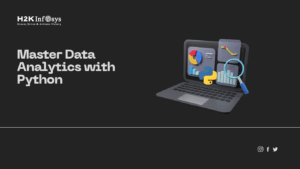






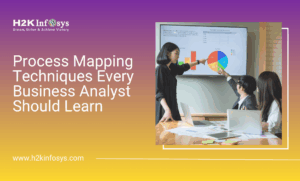


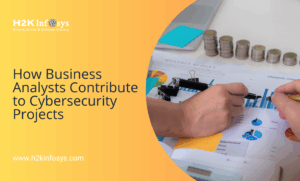




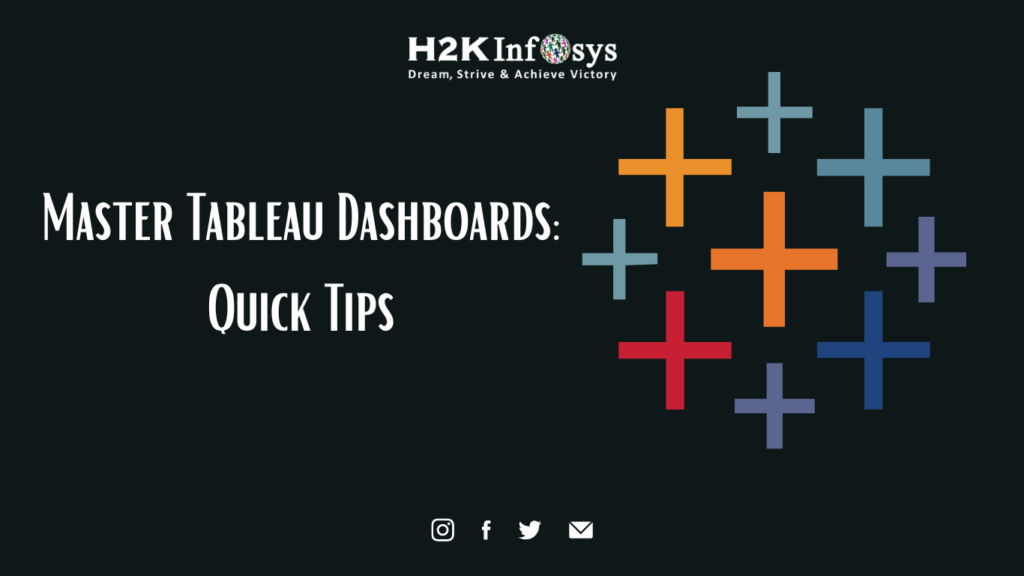
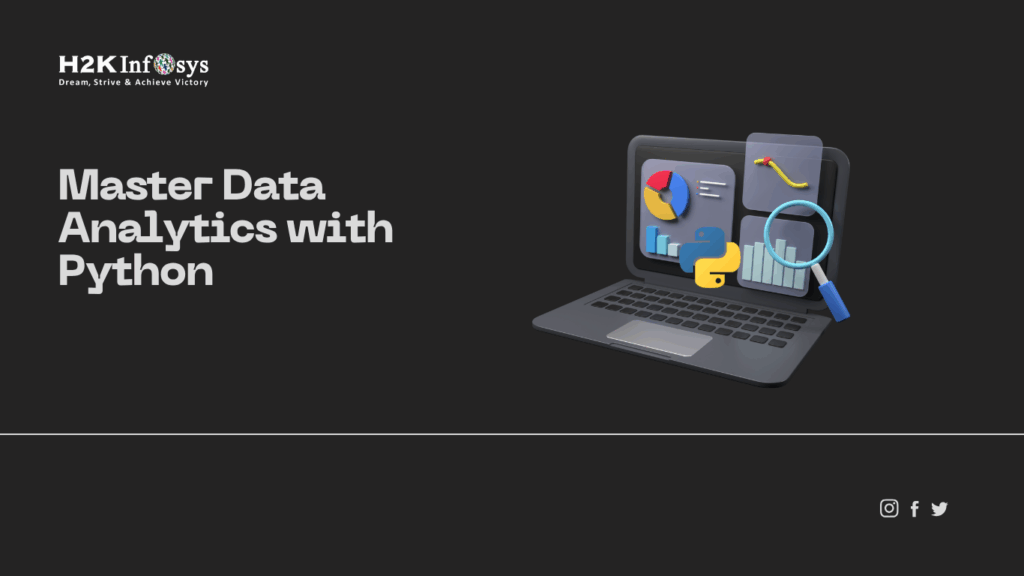



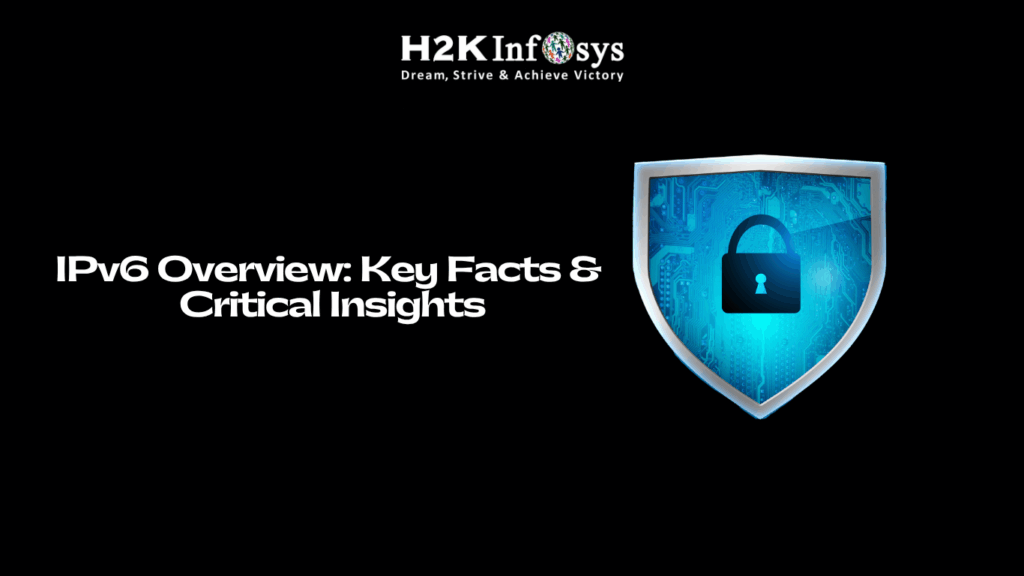


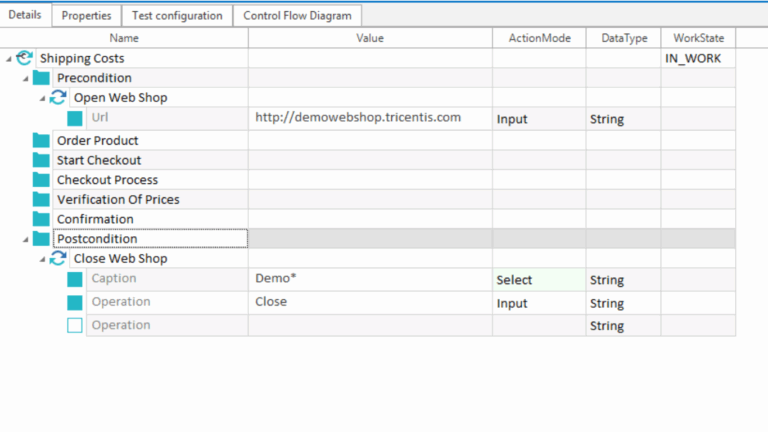
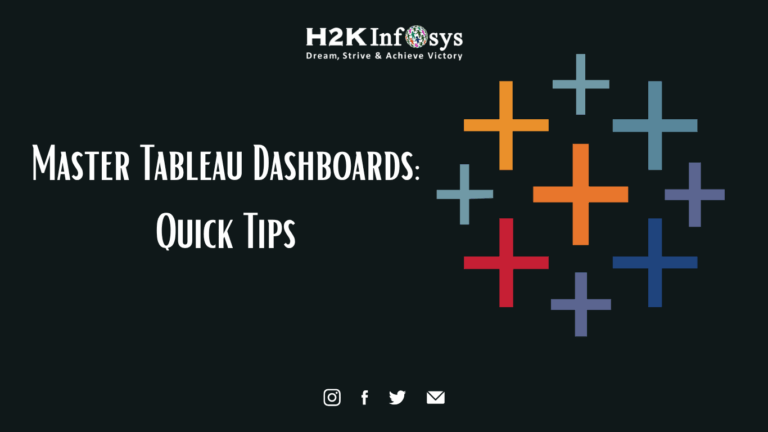

2 Responses